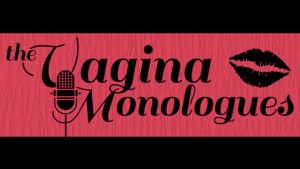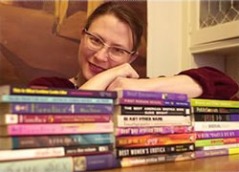The Foundation for Sex-Positive Culture is one of my favorite organizations that I came across while doing research for this blog. The Foundation is located in Seattle, Washington and was founded in 2007, and their mission is to “promote the many ways sex is beneficial through education, outreach, the arts, advocacy, and research programs that serve the public.” I think this is really important because there are so many sex-negative views that are perpetuated in our society that it is crucial that organizations such as this one promote sex-positive views through multiple mediums in order to reach as many people as possible.
The foundation hosts a very wide variety of regular monthly events. These events include things such as erotic massage, yoga, nude drawing classes, erotic writing classes, erotic hypnosis, and support and social groups for just about every type of kink one can imagine. Alongside these events, the foundation also offers workshops on sex techniques every month. One of the aspects of this organization that I found particularly interesting is that it has huge library of over 10,000 books all relating to sex-positivity, called the Pacific Northwest Library for Sex Positive Culture. The biggest event they hold is the internationally recognized Seattle Erotic Art Festival, which was founded in 2002.
The Foundation was born out of its sister organization, called the Center for Sex Positive Culture, which was founded in 1999. The Center, unlike the Foundation, is membership based, meaning that people need to be a member of the organization in order to attend the more than 100 events that are put on every month; however, the website states that any Foundation events that are hosted at the Center are open to everyone regardless of membership status. As of right now more than 14,000 people are members of the Center, and many more are involved with the Foundation.
Both of these organizations, aside from hosting their own events, also participate in national conferences on sexuality, radio talk shows, forums at colleges and universities, and Seattle festivities, such as Pride and Capitol Hill Block Party. They also are both run by an executive board of several members, but operate primarily on volunteer efforts and donations since they are nonprofit organizations.
Looking at their website I was struck by the wide diversity of sexualities that the foundation incorporates into its events and workshops, and this really made me aware of just how diverse human sexuality really is. It is so fantastic that organizations such as this exist so that virtually everyone can find positive information and resources to help them freely explore and embrace their sexuality.
Works Referenced
About the Foundation for Sex Positive Culture: http://thefspc.org/about/
About the Center for Sex Positive Culture: http://thefspc.org/center/




